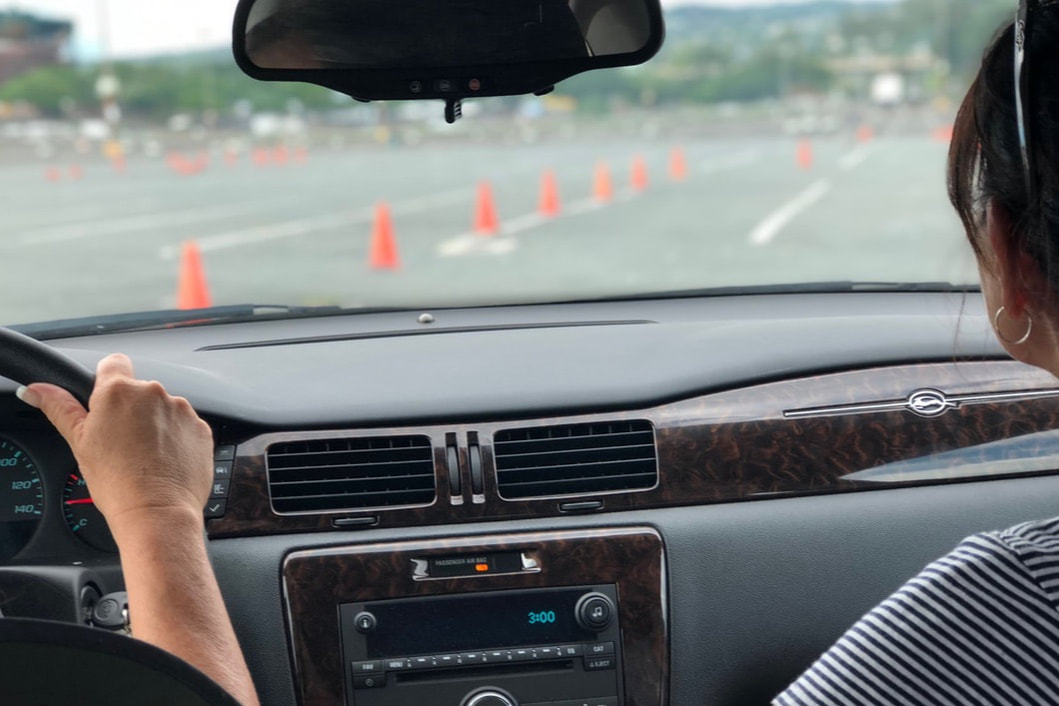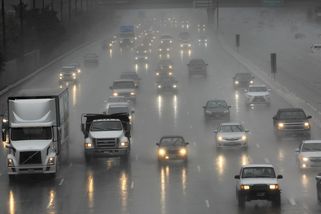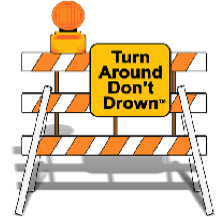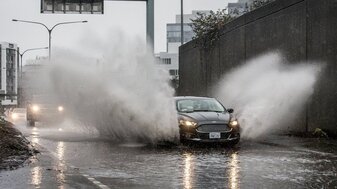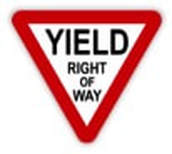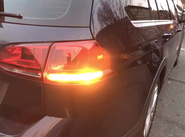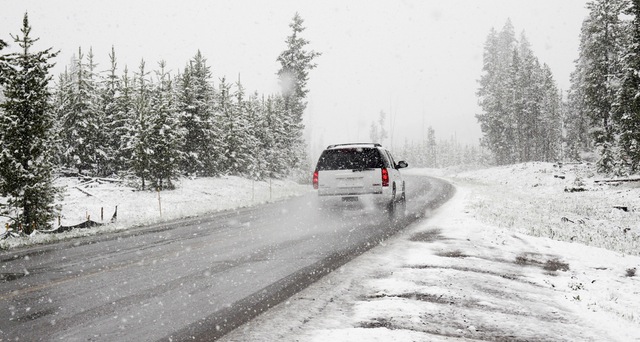|
Wet weather driving demands more attention from drivers because of limited visibility and changes to vehicle handling on wet surfaces. Most of us have continued to drive during this pandemic, however their are drivers that stopped or may have have forgotten what it is like to drive in wet surfaces. All drivers can still travel safely if they practice good techniques at all times. Driving in the rain doesn’t have to be difficult just because it’s wet. All the same safety methods apply, wet or dry. SAFETY FIRST IN THE WET
SPECIAL CIRCUMSTANCES ON WET ROADS
1 Comment
Right-of-way rules, together with courtesy and common sense, help to promote traffic safety. Vehicles often come into conflict with other vehicles and pedestrians because their intended courses of travel intersect, and thus interfere with each other's routes. The general principle that establishes who has the right to go first is called "right of way." RIGHT-OF-WAY Right-of-way rules help people drive safely. These rules go along with courtesy and common sense. Bicycle riders, moped riders, and pedestrians must follow these rules, too. Never insist on taking the right-of-way. Note that the law does not allow anyone the right-of-way. It only states who must yield. When a driver is legally required to yield the right-of-way but fails to do so, other drivers are required to stop or yield as necessary for safety. So, if another driver does not yield to you when he or she should, forget it. Let the other driver go first. You will help prevent accidents and make driving more pleasant. 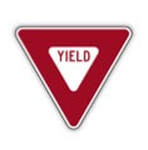 At an intersection without STOP or YIELD signs (uncontrolled intersection), slow down and prepare to stop. Yield to vehicles already in the intersection or entering it in front of you. Always yield to the car that arrived first. If you and another driver reach the intersection at the same time, yield if the car is on your right. 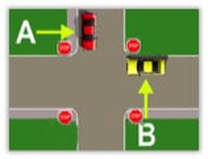 At a four-way stop if two vehicles reach the intersection simultaneously, the vehicle on the left must yield the right-of-way to the vehicle on the right. 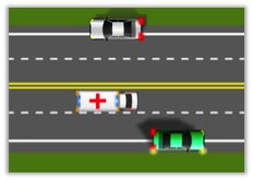 Remember that emergency vehicles (e.g., ambulances, fire trucks, police vehicles, and paramedic vans) always have the right-of-way. You must give the right-of-way to the emergency vehicle by moving to the far right side of the road and stopping until it has passed safely.  Always stop for any pedestrian crossing at corners or other crosswalks. Do not pass a car from behind that has stopped at a crosswalk. A pedestrian you can't see may be crossing. The more we drive, the more we become comfortable with driving. Ask any driver after they’ve been driving for awhile, and they’ll say they’ve become more comfortable behind the wheel. However, comfort also brings forgetting some of the basics, like using turn signals and coming to complete stops at signs. Some might call it complacency while others say it’s just being lazy, but forgetting some key safety basics can cause incidents that don’t need to occur. The emphasis is always on FOCUS.  STOPPING COMPLETELY Often called the “California Stop”, the rolling stop has become a normal action for many drivers. Failing to stop completely at stop signs or traffic-signal controlled intersections is now one of the most frequent violations that occurs with drivers. Whether it’s not wanting to “wait” longer, thinking they can “make it” before the other vehicle gets there, or just not feeling the need to stop completely, drivers feel this is not an important requirement anymore. When a driver fails to stop completely at an intersection, this often creates an ACTION-REACTION situation for one or more drivers. Someone approaching the intersection must either turn, accelerate, or brake more rapidly than they were planning in order to “clear” the intersection. This ACTION-REACTION has led to crashes, sudden braking events, and many angry or aggressive drivers. STOP MEANS TO CEASE MOVEMENT The easiest way to recognize a FULL STOP is when the vehicle “rocks back” fully after braking. This tells the driver that the vehicle has come to full stop and is not moving forward anymore. USING TURN SIGNALS
Every state requires drivers to use turn signals of some kind prior to turning or making a lane change. Most states define the “minimum distance” before a turn or lane change, such as 100 feet prior to making the maneuver, but the requirement means drivers must use some kind of signal before INITIATING a move. The reasons for signaling before a turn or lane change are: 1.To notify other drivers of your intention to move. 2.To “ask for permission” to make a change that might impact another driver/vehicle. When we don’t use our turn or hand signals before turning or making a lane change, we create situations where other drivers don’t know what our actions are, and their actions might be affected by what we’re doing. For example, slowing in preparation for a turn without actually signaling the turn, might cause the driver behind us not to recognize our action. This could result in that driver crashing into the rear of our car because we were slowing down while they were still traveling at speed. Although the following driver bears most fault in the crash, a contributing factor was the “failure to signal” violation. 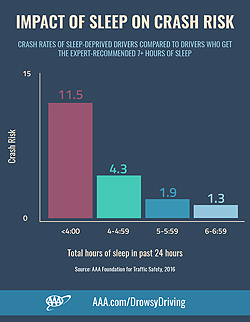 How many of you have fallen asleep behind the wheel? Completely spaced out and don't remember driving to your destination? Have done the eyelid shuffle? Well... AAA just came out with a new study that claims drivers who lack sleep, those who sleep only 4-5 hours on a regular basis, are driving in the same state of mind as if they had a blood alcohol level at or a little above .08%. With a rise in road congestion, people are getting on the road earlier and getting home later, forcing people to wake up earlier and go to bed later. There are just not enough hours in the day to get everything done and sleep resulting in a huge incline of collisions related to driving while drowsy, and as a professional driver, you must evaluate and assess your ability to drive safely. 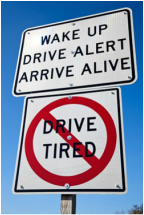 Are you one of the likely population to drive drowsy? ▪Driver’s who don’t get enough sleep ▪Commercial drivers ▪Shift workers ▪Driver’s with untreated sleep disorders ▪Driver’s who take medications Can you tell if drowsy driving has effected your behind-the-wheel abilities? ▪The driver is alone and more likely to be male ▪A single vehicle drifts off the road and hits a stationary object ▪Most are rear-end or head-on collisions ▪There is no evidence of braking or evasive maneuvers ▪Many involve serious injuries and/or fatalities ▪Happens either –between midnight - 6 am –or in mid-afternoon Well... You don't have to be a drowsy driving statisic! Follow these simple suggestions to limit your potential of harming yourself or others by driving drowsy: 1) Take a break very 2-hours or 100 miles 2) Wait 20 minutes for your coffee's caffeine to take effect 3) Pull over and take a brisk walk 4) Make smart snack choices 5) Change activities to re-energize you and wake up your mind and most importantly... Get some sleep! For more information on the facts about drowsy driving, check out these sources: https://www.cdc.gov/features/dsdrowsydriving/ http://www.nhtsa.gov/Driving%20Safety/Drowsy%20Driving http://drowsydriving.org/about/ Inclement weather can come in the forms of rain, ice, snow, or even high winds. As a driver, you must prepare your vehicle, your attitude, and your driving for anything that comes your way on the road. Below are some great tips and tricks that will help you be the professional driver behind-the-wheel no matter what.
Prep your vehicle: Rainex windows, mirrors, and lights. Clear any debris stuck between the wiper and the windshield. Make sure your tires have good amount of tread and are properly inflated. Assure that the defrost works in order to avoid foggy windows. Make sure your gas tank is at least half full Do NOT pour hot liquid onto an iced over windshield. If necessary, know how to put on snow chains. Prep yourself: Leave early in anticipation of traffic. If you don't have to drive anywhere, DON'T! Avoid driving fatigued. Taking on inclement weather requires a ton of energy. Keep an emergency supply kit in your vehicle. Prep your driving: Avoid using your brakes, if you can. Take your foot off of the accelerator to slow down. Keep visually aware of other vehicles and obstructions. Slow way down. Give yourself 6-8 seconds following distance. Make sure your headlights AND taillights are on. Avoid standing water. Watch for Black Ice Leave us a comment on what you do to prepare for driving in bad weather! |
Please contact us for fleet Driver training today
AddressPO Box 25818
Federal Way, WA 98093 |
phone
425.749.8554
|
|
For More Information |

